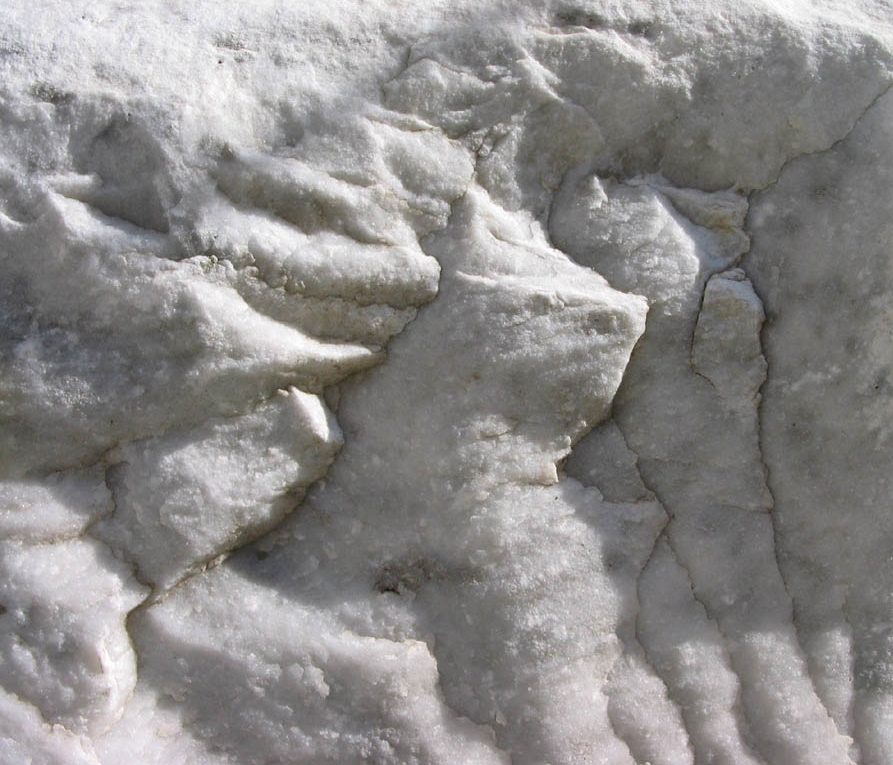Marble
When you take the sedimentary rock limestone or dolomite and apply lots of pressure and heat when it’s buried deep underground, you get a very nice looking metamorphic rock called marble. This process takes a usually gray rock with visible layers and sometimes fossils in it and totally transforms it so it’s consistent and smooth textured. The classic marble is a beautiful white, fine-grained stone that was used for carving many famous statues, in the ancient Greek and Roman empires and in more modern European countries, such as the Venus de Milo, Michelangelo’s David, and others. One meaning of the original Greek word for “marble” was “shining stone,” appropriately enough! Marble is mostly made of calcite, and the better the quality, the higher the percentage of calcite in it. Marble can also have veins of gray in it or be different colors, such as green or gray, and the color comes from other minerals that were in the original rock. Because it’s so nice looking, it has been used for centuries to make buildings more attractive, often by using it as an outside layer covering the less lovely stone underneath. For many years it was also used for making stairs—the flat surface you step on—and gravestones. But because it’s relatively soft and can be dissolved with acid, a lot of stairs made with it got worn down until they were slippery and unsafe, and a lot of gravestones became impossible to read from acid rain.
| Formula | Group or Type | Shape | Hardness | Specific Gravity | Streak | Luster |
|---|---|---|---|---|---|---|
| — | — | — | 3 | 2.56–2.87 | — | — |
